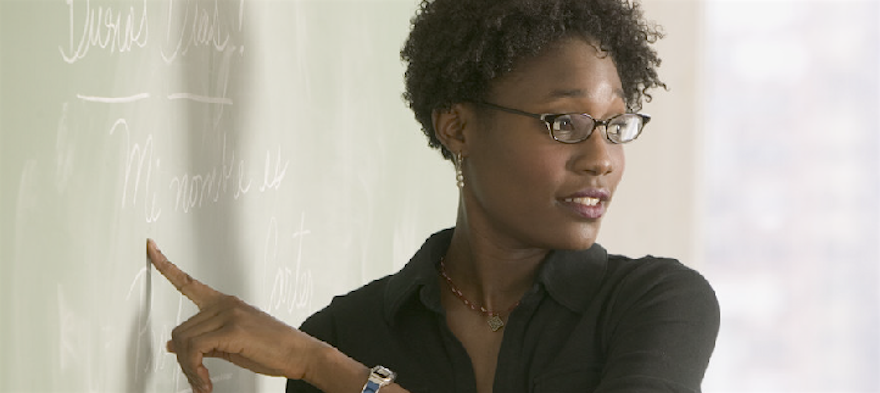
Aug 21, 2018 12:00:00 AM
Dean Antonio Cantù is a professor and chairperson of the Department of Teacher Education at Bradley University. Dr. Cantù received his Ph.D. in Curriculum and Instruction from Southern Illinois University, Ed.S. in Community College Education, M.A. in History, and B.S. in Social Science Education from Arkansas State University. He has over 20 years of experience in professional education from high school through the graduate level, during which he has taught the following: American history, world history, economics, psychology, geography, sociology, social studies education, multicultural education, educational research and instructional technology. Prior to his appointment as chair of the Department of Teacher Education, he served as professor and dean of education at Indiana University Kokomo, professor of history and director of social studies education, as well as editor of the International Journal of Social Education, at Ball State University, and social studies department chair and teacher at Ste. Genevieve (MO) High School. Professor Cantu is the author of a number of research articles and books on history/social studies education and technology integration. He has also served as a curriculum writer for various national organizations including The History Channel, The Wall Street Journal Classroom Edition and "PBS Frontline," and as editor of The International Journal of Social Education. Dr. Cantu’s articles have appeared in such publications as the Organization of American Historians’ Magazine of History, American Historical Association Perspectives, National Council for History Education History Matters! and the Journal of the Association for History and Computing. He is also the author of the following books and curriculum monographs: "Presidential Elections: 1789-1996," "Early Education in Arkansas Delta," "An Investigation of the Relationship Between Social Studies Teachers’ Beliefs and Practices," "The Vietnam War: A National Dilemma" and "Take Five Minutes: Reflective and Critical Thinking American History Class Openers." Dr. Cantu has served in a variety of leadership positions in professional organizations as well, including service as president of the American Association for History and Computing, president of the Indiana Council for the Social Studies and Missouri Council for the Social Studies and chair of three National Council for the Social Studies Committees: Publications, Resolutions and Instruction.
Few issues in education spark more tension and debate than standardized testing. Are they a tool for equity or a burden on students? A necessary check on school systems or a flawed measure of...
Charter schools are public schools with a purpose. Operating independently from traditional school districts, they're tuition-free, open to all students, and publicly funded—but with more flexibility...
Despite the benefits of a diverse teaching force, prospective teachers of color fall out of our leaky preparation pipeline at every stage: preparation, hiring, induction, and retention. Here’s what...
Ed Post is the flagship website platform of brightbeam, a 501(c3) network of education activists and influencers demanding a better education and a brighter future for every child.
© 2020-2025 brightbeam. All rights reserved.
Leave a Comment